THE CURSE OF THE EVIL EYE The evil eye is a curse or a legend alleged to be cast by a malicious glare given to inflict harm, misery, or some form of bad luck on the person that the glare is cast upon. Giving someone “the evil eye” is a look where one intends for something bad to happen to the other person, either out of jealousy or pure malice. In many cultures, it is believed that the look is powerful enough to bring about actual misfortune for the unlucky person that receives the look, and many different cultures therefore take protective measures against it, such as through amulets and talismans. Wearing an evil eye as an amulet or hanging the talismans in the home is thought to bring protection against such evil forces. The curse of the evil eye basically stems from the belief that anyone who accomplishes great success or recognition will also attract the envy of those around them. That jealousy in turn reveals itself as a curse to end their good fortune. The Egyptians dreaded the evil eye which was ever present, and the Eye of Horus is an ancient Egyptian symbol of protection, royal power and good health. The symbol of the Evil eye has been mentioned in ancient literature stemming from classical antiquity, such as in Hesiod, Plato, Pliny the Elder, Theocritus and Plutarch. An example from Plato’s Phaedo 95b: “My friend,” said Socrates, “do not be boastful, lest some evil eye put to rout the argument that is to come. " He theorized that the human eye had the power of discharging invisible rays of energy that were sometimes strong enough to kill small children or animals. According to Plutarch, certain people have a stronger ability to bestow the curse, and those most proficient in delivering it are blue-eyed, perhaps due to this less common genetic feature in the Mediterranean area. As for the colour blue, according to Dr Nese Yildiran, an art history professor at Istanbul’s Bahçeşehir University, it definitely first comes from Egyptian glazed mud, which contains a high percentage of oxides. The copper and cobalt give the blue colour when baked. According to Yildiran, early Turkic tribes held a strong fascination with this shade of blue because of its connections with their sky deity, Tengri, and likely co-opted the use of cobalt and copper as a result. More and more people are seen wearing the eye symbol, including wearing the entire Hamsa Hand as amulets where the eye is also a common feature. The Hamsa hand is a symbol that is believed to symbolize protection and strength. Others prefer larger pieces of the Hamsa symbol and it can be seen in artworks, such as in my own Hamsa art. Many people hang pictures of the Hamsa Hand on the wall in their home for protection and good blessings. It is also often given as a gift when moving in to a new home or office or any other occasion. The eye symbol is truly a remnant from the very dawn of civilization, going back to some of humanity’s most persistent and profound beliefs. There are therefore many more symbolic interpretations of the eye not covered in this article. Should you wish to explore the symbol further, there is a lot of online information as well as a book specifically on the subject called: The Evil Eye: The Classic Account of an Ancient Superstition by Frederick Thomas Elworthy
0 Comments
|
MAY-BELL
|
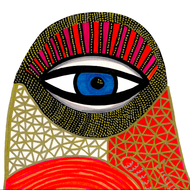
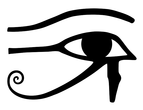
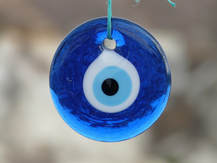
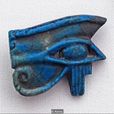
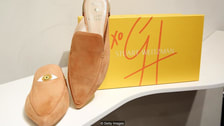
 RSS Feed
RSS Feed
